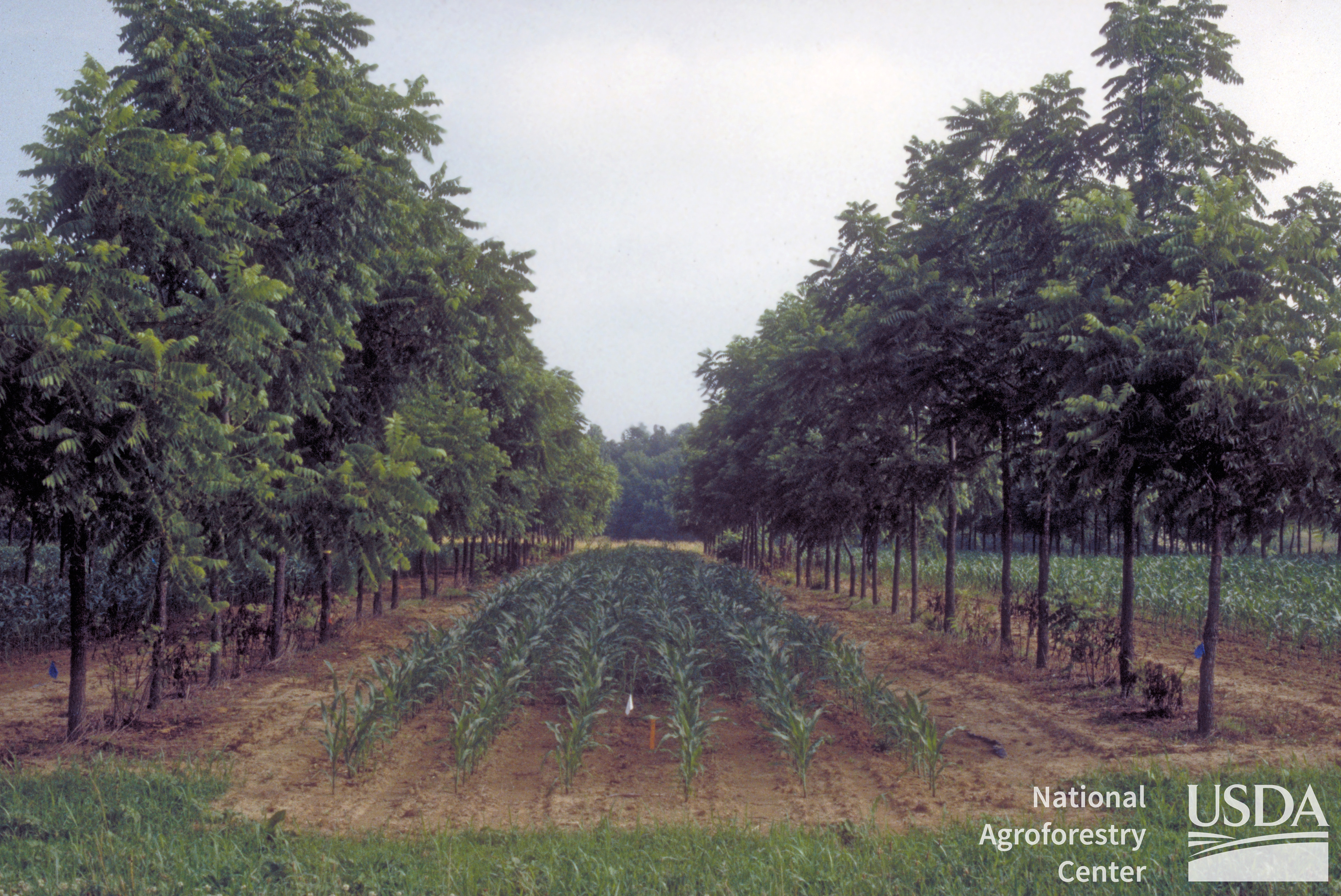Valerie Marshall is a law student at Duke University School of Law and guest contributor on this blog.
One of FBLE’s recommendations for the 2023 Farm Bill is to reform commodity programs to direct subsidies towards farmers in genuine need of support. Farm commodity programs support farmers who produce certain crops by subsidizing guaranteed income levels in the face of falling prices and yields. There are calls to change these subsidy programs, with FBLE’s recommendations aligning with some traditionally conservative organizations.
The two main commodity crop subsidy programs are Price Loss Coverage (PLC) and Agriculture Risk Coverage (ARC). Both programs provide payments to farmers with land historically planted with wheat, corn, grain, barley, rice, soybeans, and a few other crops.
Under the PLC program, farmers receive payments when the actual price for a crop falls below a reference price determined by statute. This calculation determines the payment rate, which is multiplied by 85% of the farmer’s historical acres.
ARC provides payments to farmers when the county-wide actual revenue for a commodity is below the revenue benchmark for the county. This benchmark is the value farmers expect to earn based on prices and yields over the past few years in their county.
The problem with PLC and ARC is that they primarily support large and wealthy industrial, monoculture farms. To fix this, FBLE suggests three legislative changes to Farm Bill provisions about PLC and ARC.
The first suggestion is to lower the adjusted gross income (AGI) cap for receipt of commodity program subsidies. Currently the AGI cap is $900,000, but FBLE recommends lowering this to $500,000 to cover more farms. Farms at this level of wealth do not need these subsidy supports because they are able to manage their risk without government help.
The second suggestion is to decrease the percentage of base acres eligible for commodity program payments. Decreasing the proportion of acres covered by payments would allow all farmers currently receiving subsidy payments to continue to do so, but limit the benefits received by large farms and free this money for other purposes.
The final suggestion is to close exploitable loopholes in the “actively engaged in farming” standard. Only people actively engaged in farming are allowed to receive payments, however, this includes people engaged in personal management of farming operations. This loophole has been exploited because farms are incentivized to structure their farms to maximize these payments.
Several prominent, fiscally conservative organizations share FBLE’s recommendations – if not necessarily their justifications – for reforming PLC and ARC.
The Cato Institute’s 2022 Agriculture Policy calls for a phaseout of all farm subsidies, including PLC and ARC. One of their reasons, similar to FBLE’s, is that these subsidies redistribute wealth upwards, given how much subsidies the wealthiest farms receive.
The American Enterprise Institute (AEI), in its 2023 report on the state of farm subsidy programs, does not find it politically feasible for commodity subsidies to be reduced, so instead it calls for no increases in subsidies. AEI holds this position because commodity prices for many crops are exceptionally high, with the sector expecting well above average incomes over the next few years. Therefore, the industry is in no need of additional funding from the government.
In 2018 the Heritage Foundation laid out more detailed recommendations for reforming. the subsidy system. They take issue with how PLC develops its reference prices. A fixed price is set by statute, meaning many commodities can have actual prices well below the reference prices. This system can be gamed so that instead of protecting against losses, the program is guaranteeing payments. Heritage recommends requiring the reference price to be calculated at 75% of the average price for that crop over the past five years. They also recommend requiring farmers to choose between receiving PLC/ ARC payments and crop insurance, so farms are not double-dipping and receiving double the payments.
Although the Cato Institute, Heritage Foundation, and AEI take issue with PLC and ARC subsidies, their recommendations for changes are less targeted than FBLE’s recommendations at preventing subsidies from disproportionately benefiting large farms. Instead, they are more focused on reducing government expenditures overall.
Although the changes suggested are different, the ideas coming forth suggest hope that the 2023 Farm Bill can see bipartisan work to fix a flawed subsidy system.
The views and opinions expressed on the FBLE Blog are those of the authors and do not necessarily reflect the official policy or position of FBLE. While we review posts for accuracy, we cannot guarantee the reliability and completeness of any legal analysis presented; posts on this Blog do not constitute legal advice. If you discover an error, please reach out to contact@farmbilllaw.org.


